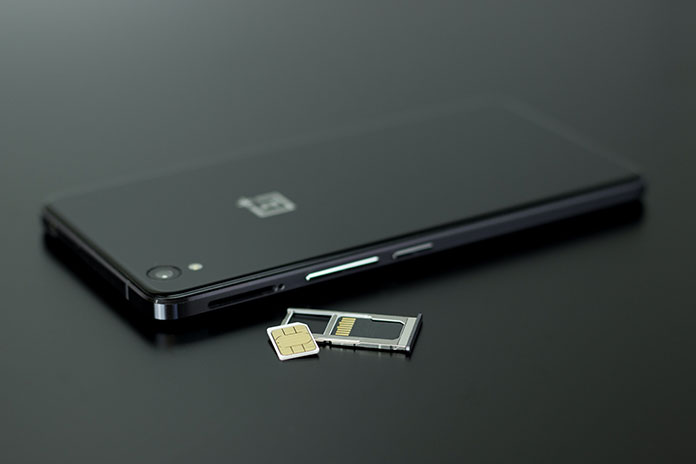Many mobile phones can still be equipped with additional memory – memory cards make it possible. We show which formats are available and where the differences lie. Mobile phones master more and more multimedia applications, and integrated megapixel cameras and music players are now part of the standard equipment of many mobile phones. The demands on mobile phones are growing: not only do faster processors, larger or at least higher-resolution displays, and more powerful batteries or energy-saving components have to be found, but the non-volatile data memory of mobile phones also has to be expanded.
It is particularly practical for the user if the device has a slot for a memory card because this allows the data memory capacity to be increased later. Sometimes the newly purchased mobile phone even comes with a small capacity card. However, if you want to keep many pictures, video clips, or music files on your cell phone, you must buy a larger memory card. But what do the different cards do, and which are suitable for your cell phone?
The Selection Of Memory Card Variants Is Limited
The most important property of the flash technology used in memory cards: the data remains intact even if the power supply is interrupted. In addition, this form of memory is comparatively small, robust, inexpensive to manufacture, and has low energy consumption. However, flash memory has a limited service life. In particular, a cell’s maximum number of write and erase processes is limited.
In addition, the writing and reading speed is significantly slower than with many other memory components, particularly the SDRAM components used in computers or the cache SRAMs used on computer processors. For memory cards of different capacities and manufacturers to work in the same memory card slot. In addition to the capacity, design, and weight, memory cards differ in the required voltage, power consumption, maximum read and write speed, and purchase price. The most important criterion when selecting the memory card is the right design and the correct operating voltage. The small cards used for mobile phones can usually be converted to the slightly larger formats common in digital cameras, for example, using an adapter.
Outside of the respective series, however, the cards are incompatible. An SD card will not fit in a Compact Flash slot and vice versa. Luckily, virtually all mobile phone manufacturers have opted for one memory card format to exchange cards between devices from the same manufacturer. The microSD card, a small variant of the SD card (Secure Digital card), has become a quasi-standard in the mobile phone sector. Memory sticks or multimedia cards (MMC) can still be found in older mobile phones.
Smaller, Lighter, Cheaper – But More Storage Capacity
Like other PC components, the computer chips in the memory cards follow the well-known Moore’s law: every two years, the number of transistors on the chip doubles while the chip size remains the same. The possible storage capacity increases at the same rate. Further capacity growth is accelerated by so-called multilevel cells, which can also store intermediate values (e.g., 0, 1/3, 2/3, and 1). As a result, several bits fit into one memory cell. Standard-sized memory cards can now store several gigabytes. Our overview and the properties of memory cards will show you which capacities and transmission speeds are offered by which card type.
Also Read: Do Your Bit Towards Mother Earth – Recycle Old Mobile Phones


